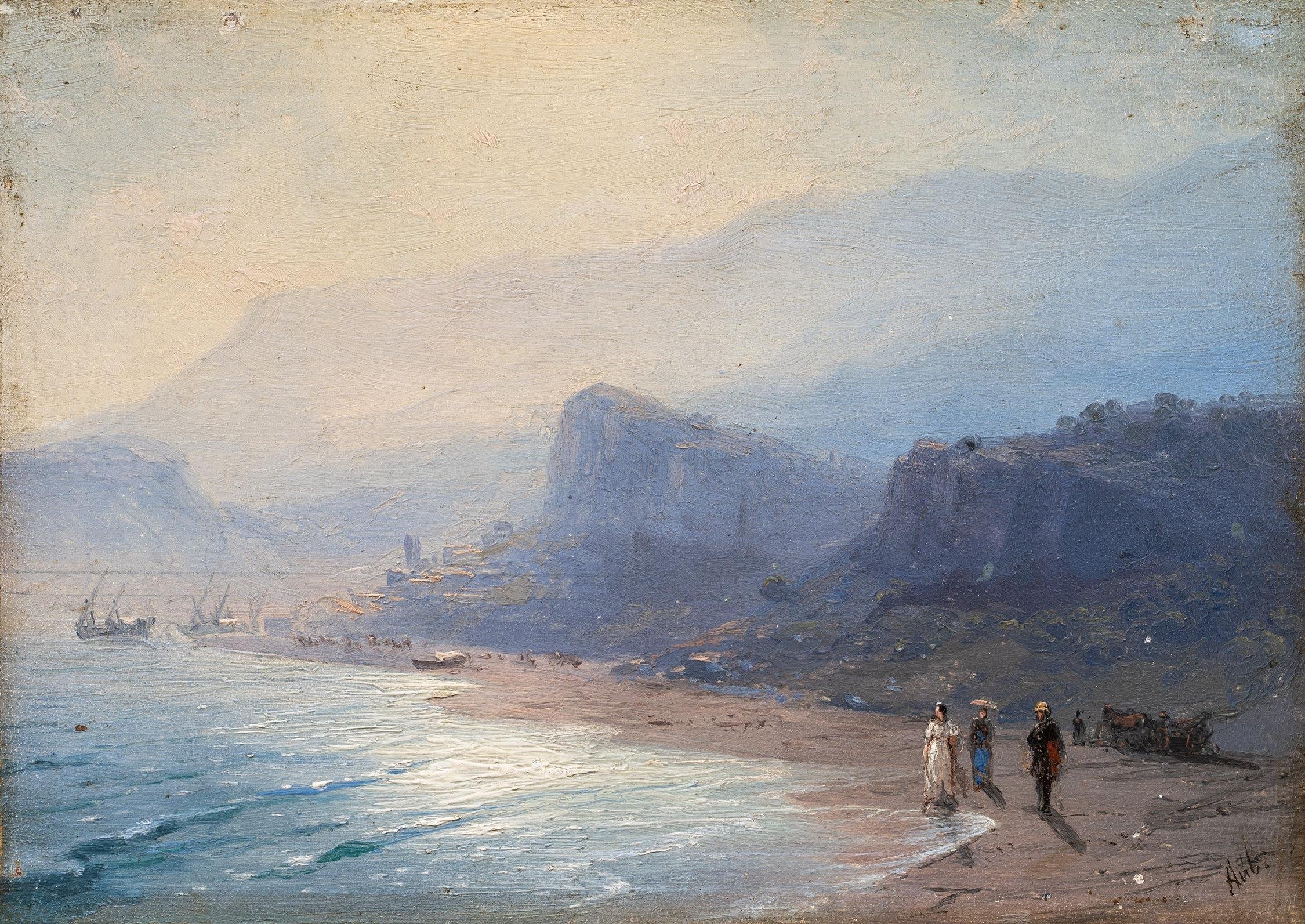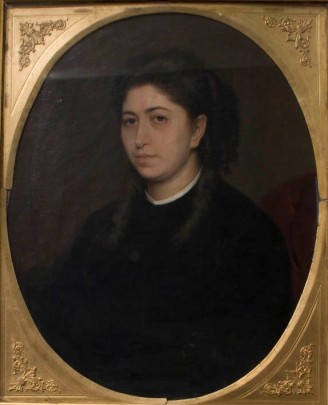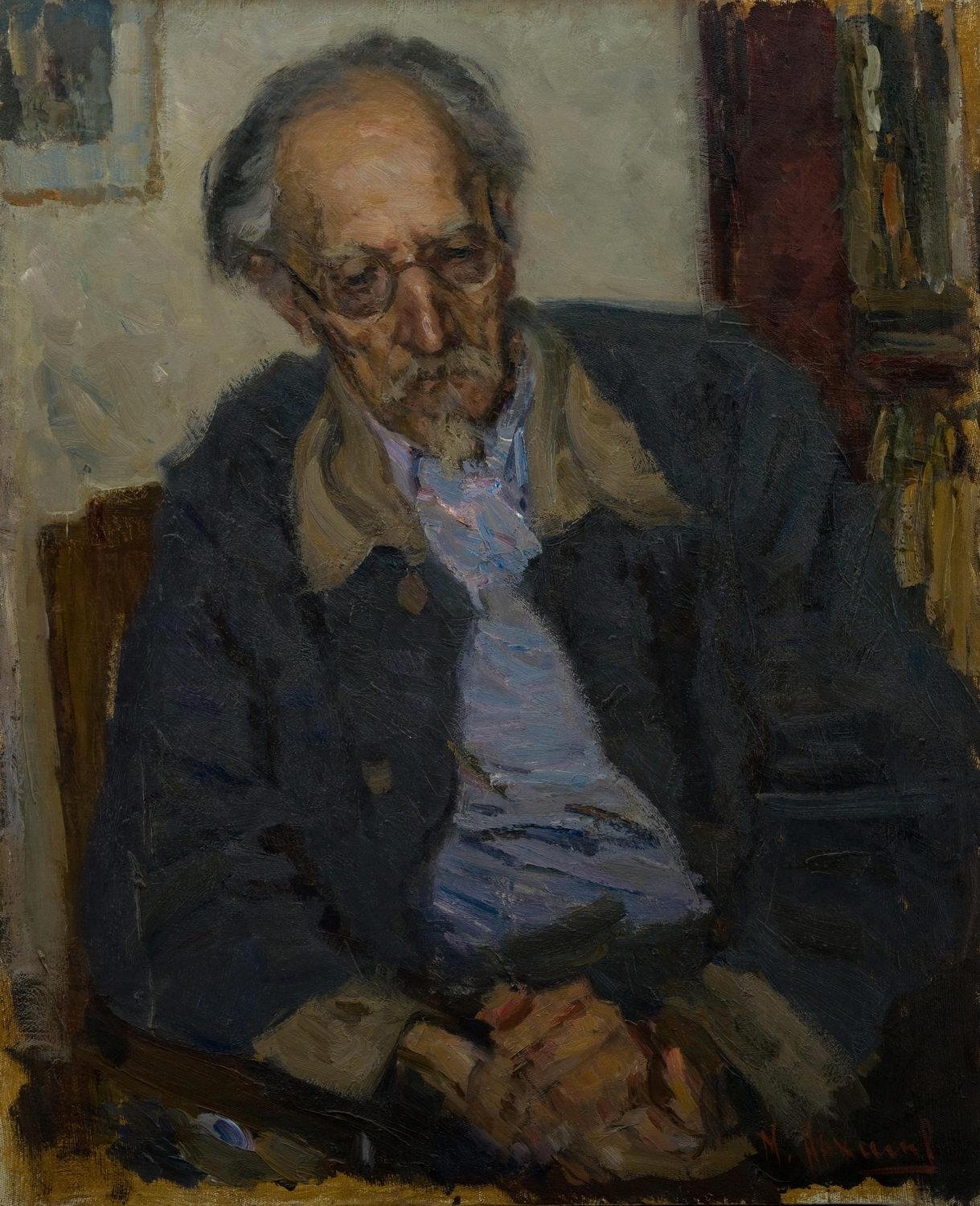
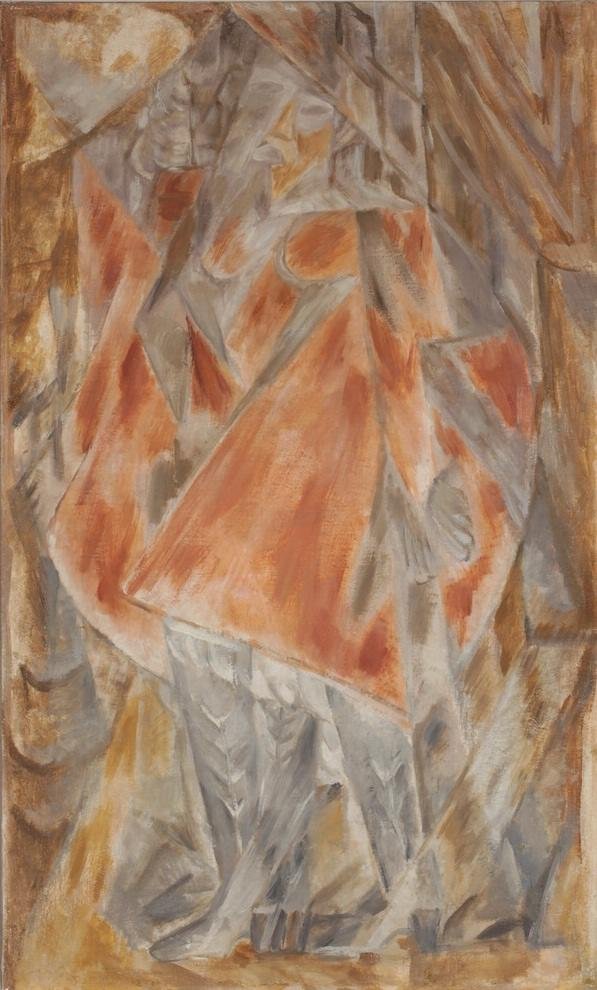
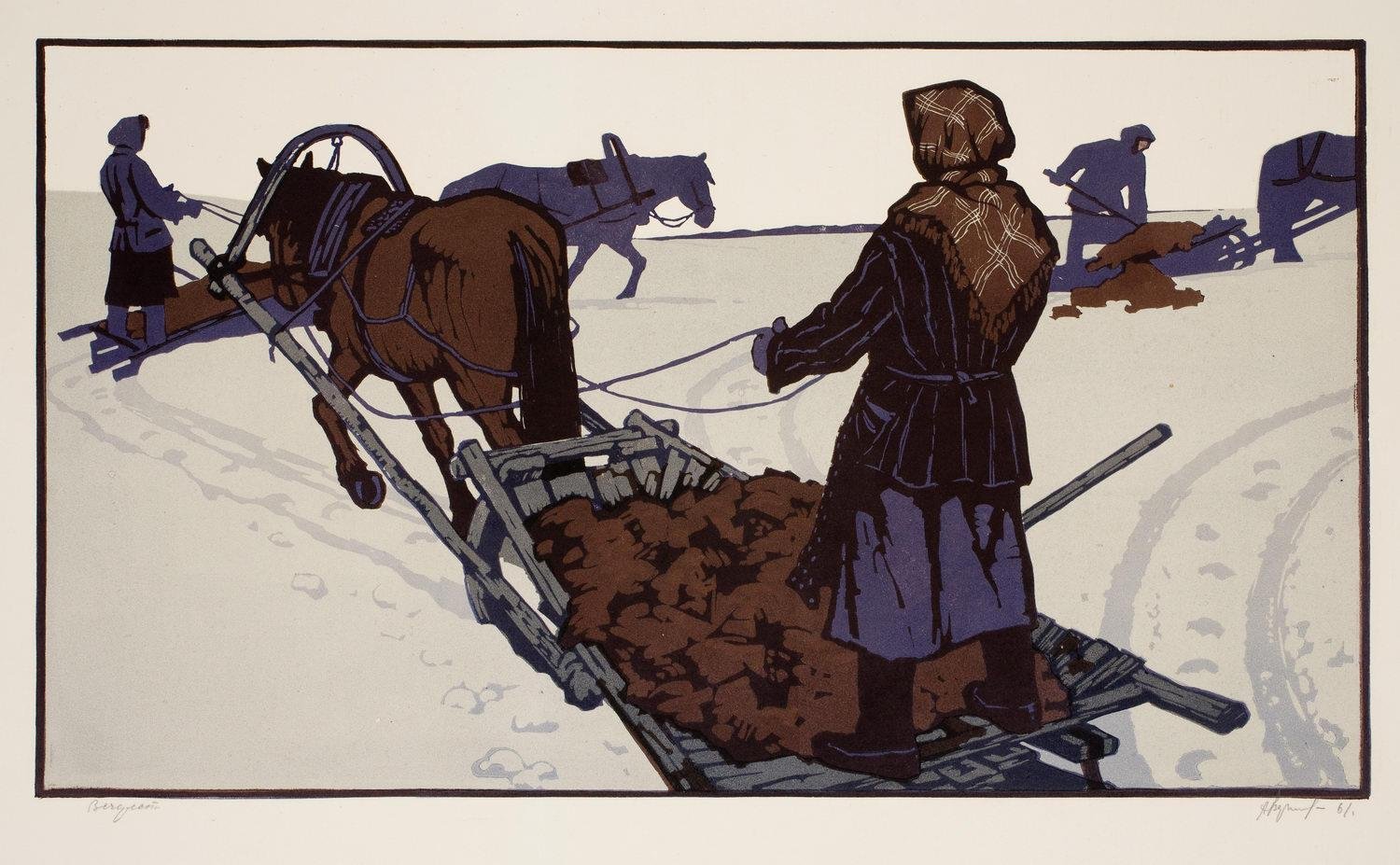
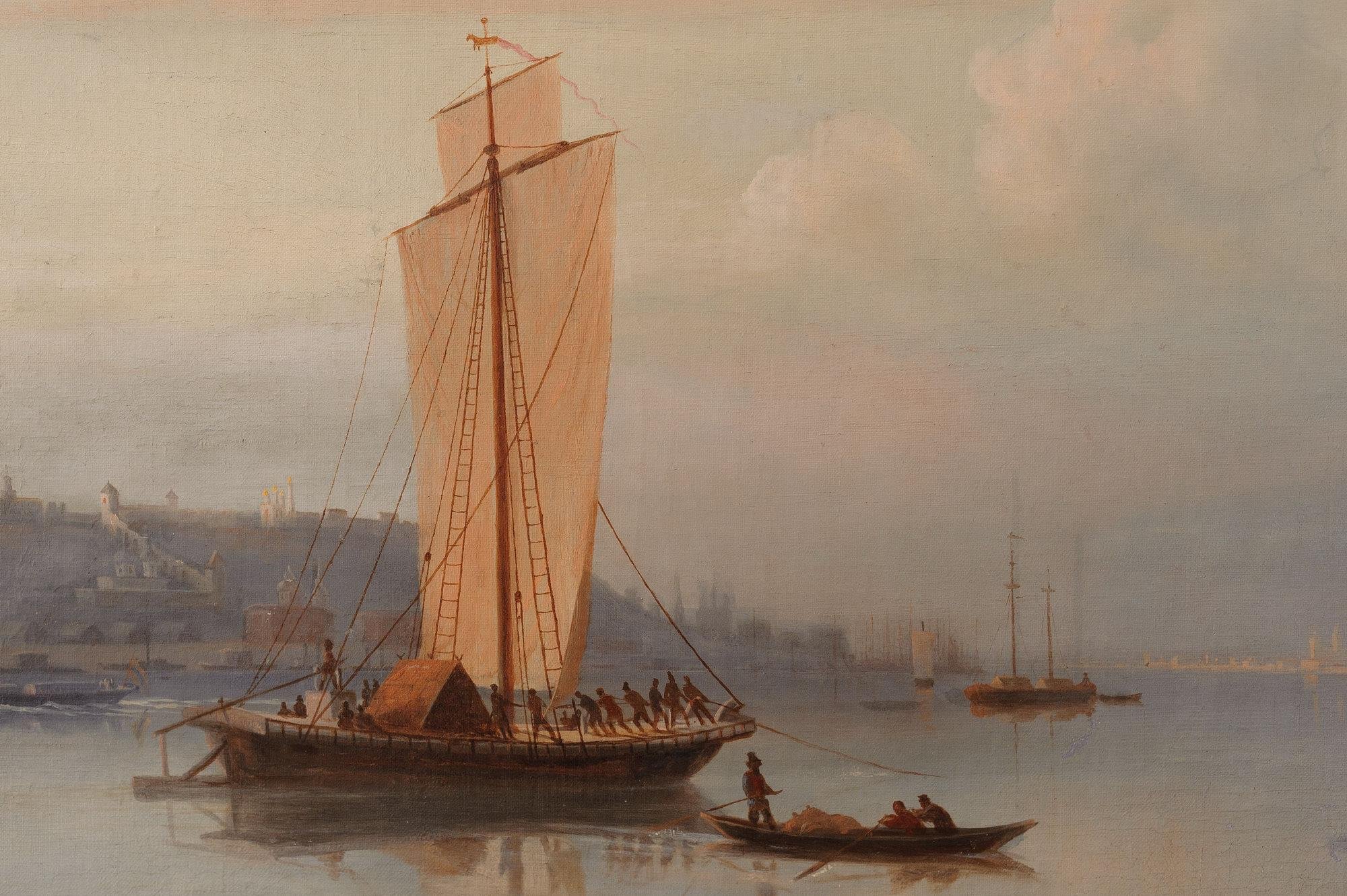
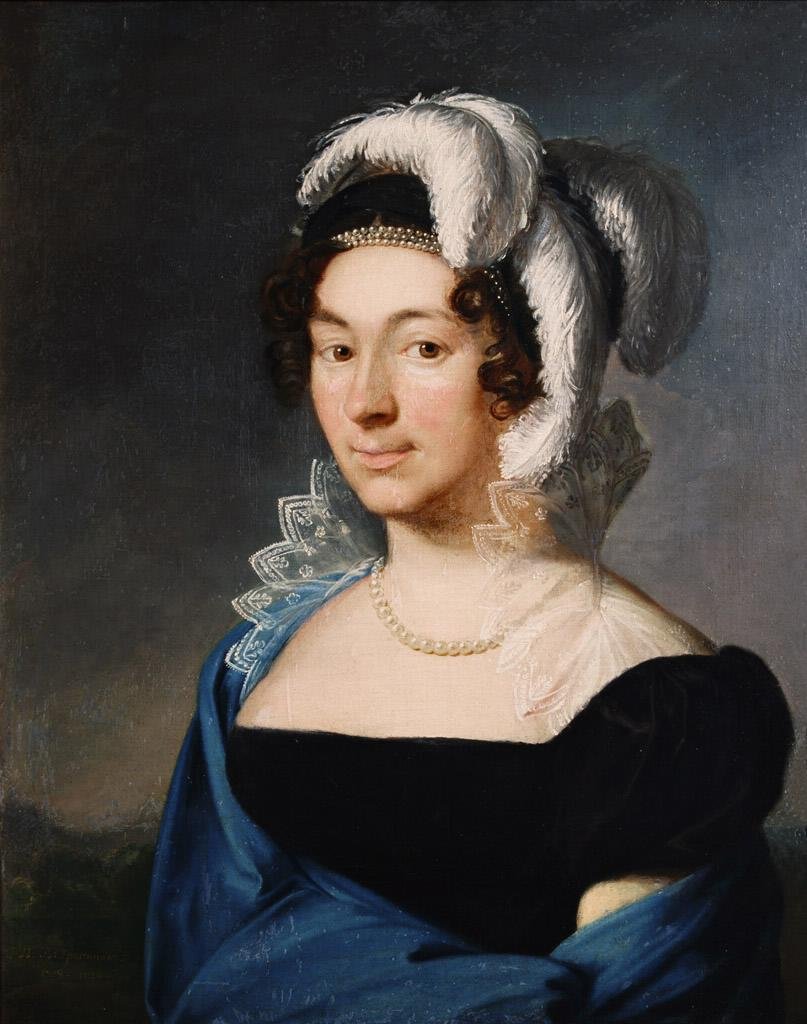
Коллекция
Женский портрет
В экспозиции представлен «Женский портрет» кисти Ивана Николаевича Крамского, который был идейным руководителем передвижников. Крамской – автор замечательных портретов «лучших сынов русской нации», в числе которых – портреты художников Шишкина, Васильева, Ге. «Женский портрет» написан в характерной для Крамского скупой, монохромной гамме. В лице модели привлекает особое сочетание чувства собственного достоинства, сдержанности и ума, что позволяет безошибочно отнести ее к кругу разночинной интеллигенции.
******************************************************************
A characteristic feature of Russian literature and fine art of the post-reform Russia had a keen sense of citizenship. The most striking phenomenon of the second half of the XIX century was the creation of the Association of Traveling Art Exhibitions and collectives of artists. Peredvizhniki continued the traditions of Russian artists of the mid XIX century, Pavel Fedotov and Aleksandr Ivanov. Their works are distinguished by the breadth of subjects and a variety of genres: from satirical, built on the principle of social contrast to the philosophical, poetic, full of reflections on the fate of the motherland, approving the dignity and beauty of a human.
The exhibition shows a "Portrait of a Woman" (1868) by Ivan Kramskoy, who was called the ideological leader of the Wanderers, written in typical for the artist stingy, monochrome colours. The face of the model attracts with a special combination of dignity, restraint and intelligence that can be unmistakably attributed to the circle of the intelligentsia.




